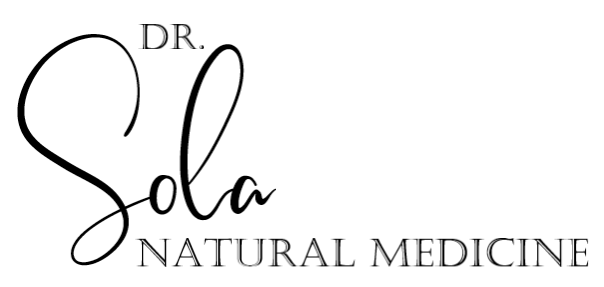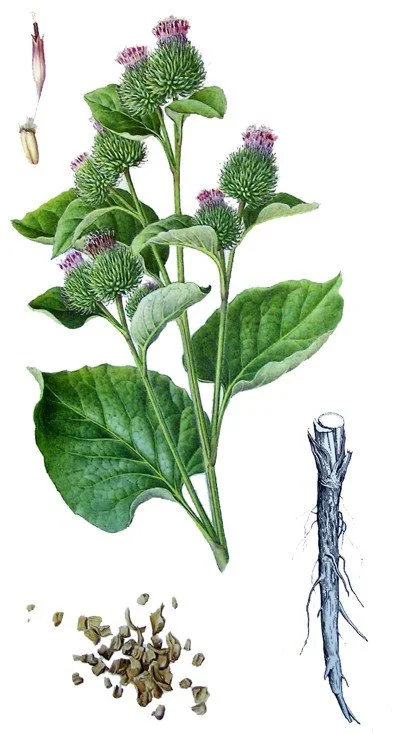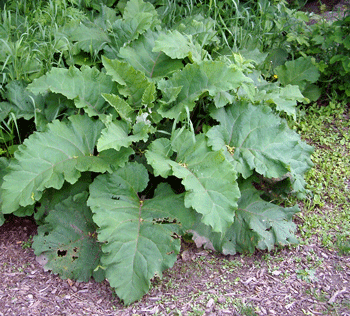
Arctium lappa
Common Name: Burdock
Family: Asteraceae (Aster family)
Parts used: Root
Constituents: Sesquiterpene lactones, polysaccharides (inulin)
Taste/smell: Sweetish initially, bitter later, slightly mucilaginous.
Tendencies: Cooling, distributes moisture around the body, but ultimately drying.
Actions
Bitter digestive stimulant
Hepatic
Alterative
Antibacterial
Antifungal
Anti-inflammatory
Diuretic, especially the seeds
Skin Trophorestorative
Cholagogue/Choloretic
Mild laxative
Antioxidant
Nutritive
Lymphatic
Antitumor/Antimutagenic
Uterine tonic
Platelet-Activating Factor (PAF) Inhibitor, especially the seeds
Uses
Bitter Digestive Stimulant:
Burdock escorts gut toxins out of the body via water-soluble fibers. The high content of inulin makes burdock a great choice for support of beneficial flora in the gut.
Hypochlorhydria
Non-ulcer dyspepsia
Maldigestion
Anorexia
Biliary insufficiency (due to low bile production, not obstruction)
Biliary dyskinesia
Gas
Atopic constipation
Candida
Ulcerative colitis
Hepatic:
Hepatitis
Anti-inflammatory:
Chronic skin eruptions like acne psoriasis, eczema, boils, carbuncles, and sties
Arthritis
Sciatica
Urinary calculi
Gout
Lymphagogue:
Burdock promotes blood and lymph circulation. By stimulating the natural flow of lymphatic fluid, it supports the excretion of toxic by-products from cells.
Uterine Tonic:
Normalizes the female menstrual cycle during menopause
Mastitis
Strengthens the uterus
Acute uterine prolapse
Platelet-Activating Factor (PAF) Inhibitor:
Burdock seeds contain platelet-activating factor (PAF) inhibitors that may have a positive effect on PAF-related disorders such as arthritis and asthma as well as a protective effect for the kidney. The seeds are also antibacterial and antifungal.
Antimutagenic/Antitumor:
Water-soluble polysaccharides found in burdock have shown chemotactic activity for granulocytic leukocytes as well as antitumor effects against solid sarcoma 37 tumors in mice. A methanolic extract of fresh root inhibited Ehrlich ascite carcinoma and Yoshima sarcoma in mice.
Research has identified multiple constituents that have antitumor effects.
Mental Picture and Specifics
Burdock influences the skin, kidneys, liver, gall bladder, and mucous and serous membranes to induce removal of accumulated by-products of catabolism. Burdock helps cool off hot-tempered, irritable people.
Contraindications
Pregnancy due to the oxytocic effect and uterine stimulant action on animal uteri
Active peptic ulcers (particularly duodenal ulcers, which are associated with hyperchlorhydria, unlike gastric ulcers)
Gastritis
Hyperchlorhydria
Gastroesophageal reflux disease (GERD)
Biliary obstruction
Acute diarrhea
Acute cholelithiasis
Long-term use or excessive doses of the seeds can cause UTIs (urinary tract infections)
Allergic hypersensitivity to Asteraceae family (i.e. arnica, chamomile, feverfew, ragweed, tansy, yarrow)
Adverse Effects
Bitter effects
Toxicity
None
Interactions
Increases gut motility
Theoretically decreases absorption of many drugs if taken simultaneously
References:
Brinker, Francis J. Herbal Contraindications and Drug Interactions plus: Herbal Adjuncts with Medicines. Eclectic Medical Publications, 2010.
Kaufmann, Taylor. NPLEX II Study Guide. Wild Brilliance Press, 2019.
Lun, Vincent, et al. Core Knowledge for NPLEX 2. 1st ed., Marano Publishing Incorporated, 2014.
Marciano, Marisa, and Nikita A. Vizniak. Evidence Informed Botanical Medicine. Professional Health Systems Inc., 2015.
Sherman, John. The Complete Botanical Prescriber. Four Seasons Pub.
Skenderi, Gazmend. Herbal Vade Mecum: 800 Herbs, Spices, Essential Oils, Lipids, Etc., Constituents, Properties, Uses, and Caution. Herbacy Press, 2004.
Tilgner, Sharol. Herbal Medicine: From the Heart of the Earth. Wise Acres, 2020.









